I grew up going to National Parks. The intersection of history and nature is almost indescribable. They never cease to amaze me. And I’m incredibly grateful that so many of my childhood (and adult) memories include traveling across the country to see these beautiful, unique places.

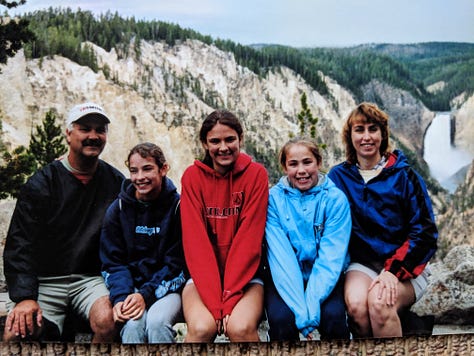
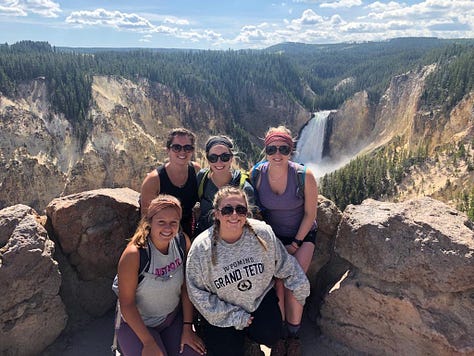
National Parks are more popular than ever, with a 4% increase in visitation from 2022 to 2023 alone (that’s 13 million more visitors). But with the recent firing of thousands of National Park and National Forest employees, their future is in danger.
At the very least, understaffed parks will likely need to reduce hours, close beloved trails, and forgo maintenance critical to protecting the environment and improving visitor experience and safety. Not to mention the worsening climate crisis putting all our lands at risk.
So what can we do? I’ve gathered a few ideas.
Proceed with Patience
If you were already planning a summer park trip (like I was), it’s unclear how each park will be impacted. I’m still planning to visit if possible, but I expect longer lines, less staff assistance, and trail closures. Remember any remaining staff will have a lot on their plates, so please be patient and kind.
Do a little extra research before your trip to understand what is and isn’t possible due to staff shortages. Triple check your hiking routes and come more prepared than usual with water, food, clothes, and first aid supplies. Carry the 10 essentials at the very least.
Download the National Park app for more detailed park information you would normally get from visitor center staff. It’s on you to prepare and stay safe.
Leave No Trace
Leave no trace is a series of principles to help reduce your impact on the environment. They’ll be more important than ever with fewer maintenance workers to haul out trash, clean bathrooms, and keep trails clear.
Pack out all of your trash and gear. Everything you bring into the park should leave with you, too.
Bring extra garbage or ziploc bags and gloves to clean up trash on the trails as you go.
Follow all campfire guidance. There will be fewer preventative measures against forest fires and fewer people to fight them.
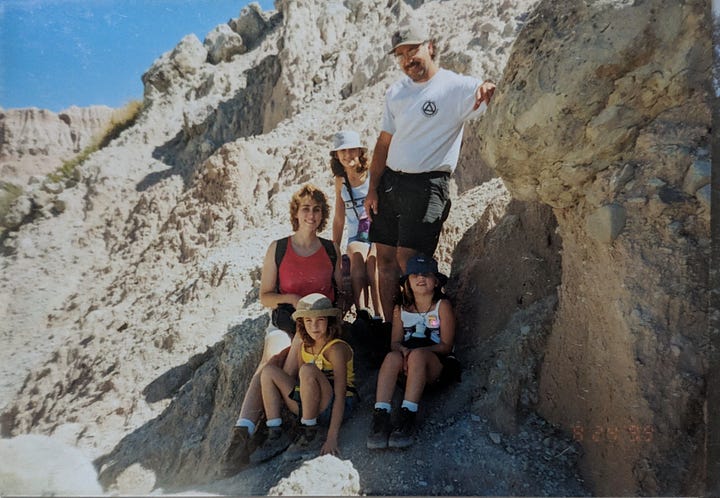
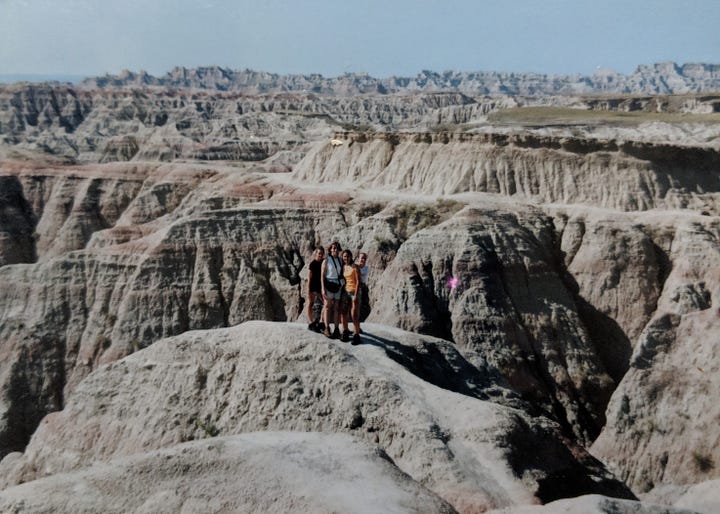
Volunteer or Support Key Organizations
If you live close to a National Park, Forest, or other public land, see if you can volunteer your time to fill the staffing gaps. Organize a litter cleanup, rebuild trails, or lead an education program.
If volunteering isn’t an option, you can support a number of organizations that work to protect our parks. A few of my favorites are the National Parks Conservation Association, National Park Foundation, and Parks Project.
Speak Out
Use this template from NPCA to reach out to your representatives and share your support for our public lands. It takes two minutes and can make a big difference.
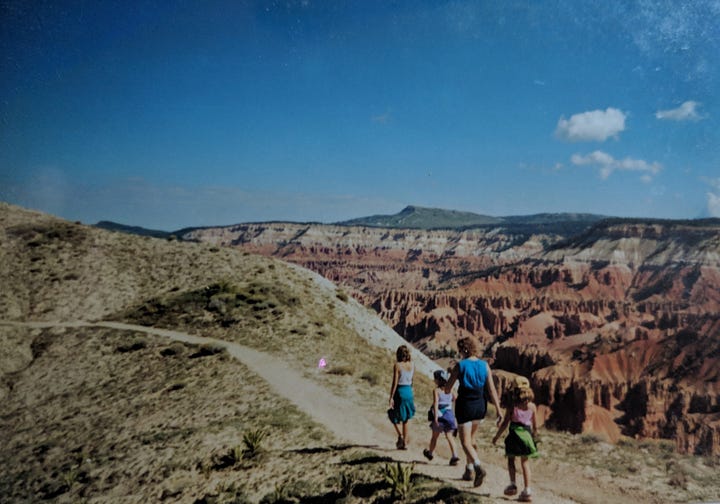
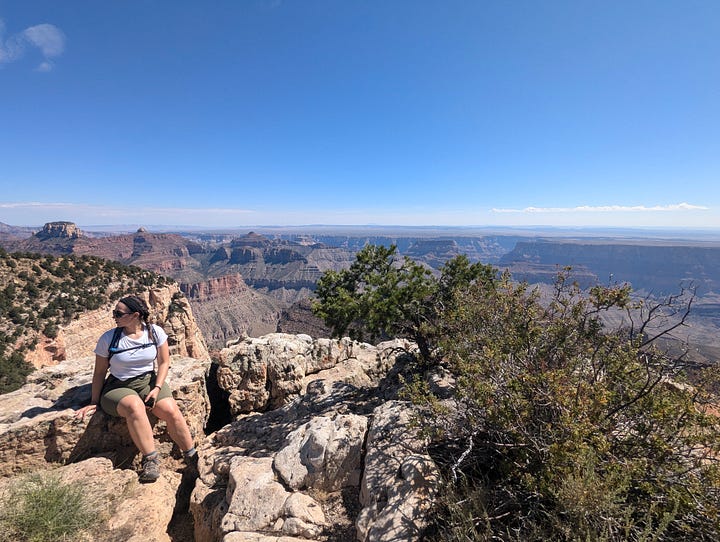
These acts might seem small, but, together, we really can make a change. I hope you’ll join me in protecting these critical environments for generations to come.

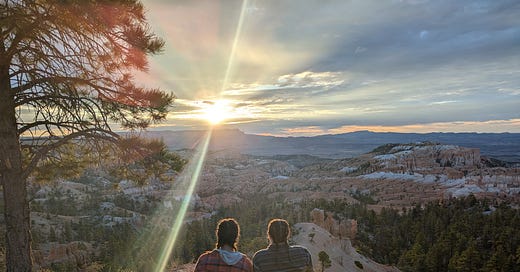



Well done and informative, thank you.